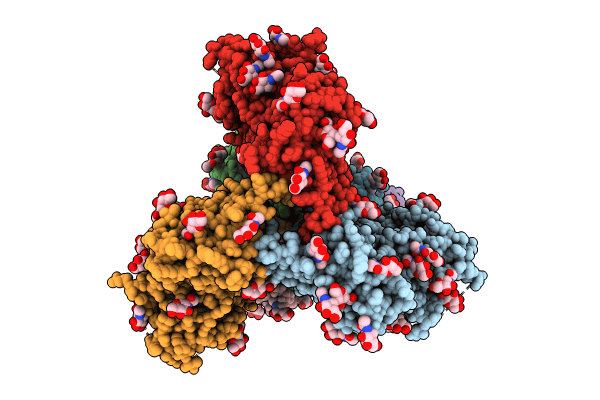
Deposition Date
2023-05-19
Release Date
2024-05-22
Last Version Date
2025-05-21
Entry Detail
PDB ID:
8SWX
Keywords:
Title:
BG505 Boost2 SOSIP.664 in complex with NHP polyclonal antibody Base4
Biological Source:
Source Organism:
Human immunodeficiency virus 1 (Taxon ID: 11676)
Macaca mulatta (Taxon ID: 9544)
Macaca mulatta (Taxon ID: 9544)
Host Organism:
Method Details:
Experimental Method:
Resolution:
3.90 Å
Aggregation State:
PARTICLE
Reconstruction Method:
SINGLE PARTICLE


